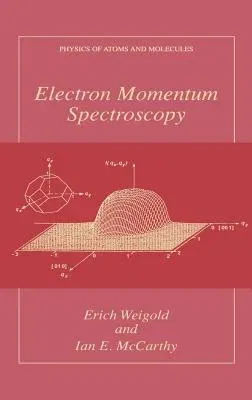Erich Weigold
(Author)Electron Momentum Spectroscopy (1999)Hardcover - 1999, 31 December 1999

Qty
1
Turbo
Ships in 2 - 3 days
In Stock
Free Delivery
Cash on Delivery
15 Days
Free Returns
Secure Checkout

Part of Series
Physics of Atoms and Molecules
Print Length
273 pages
Language
English
Publisher
Springer
Date Published
31 Dec 1999
ISBN-10
0306461579
ISBN-13
9780306461576
Description
Product Details
Authors:
Book Edition:
1999
Book Format:
Hardcover
Country of Origin:
US
Date Published:
31 December 1999
Dimensions:
23.39 x
15.6 x
1.75 cm
ISBN-10:
0306461579
ISBN-13:
9780306461576
Language:
English
Location:
New York, NY
Pages:
273
Publisher:
Weight:
580.6 gm